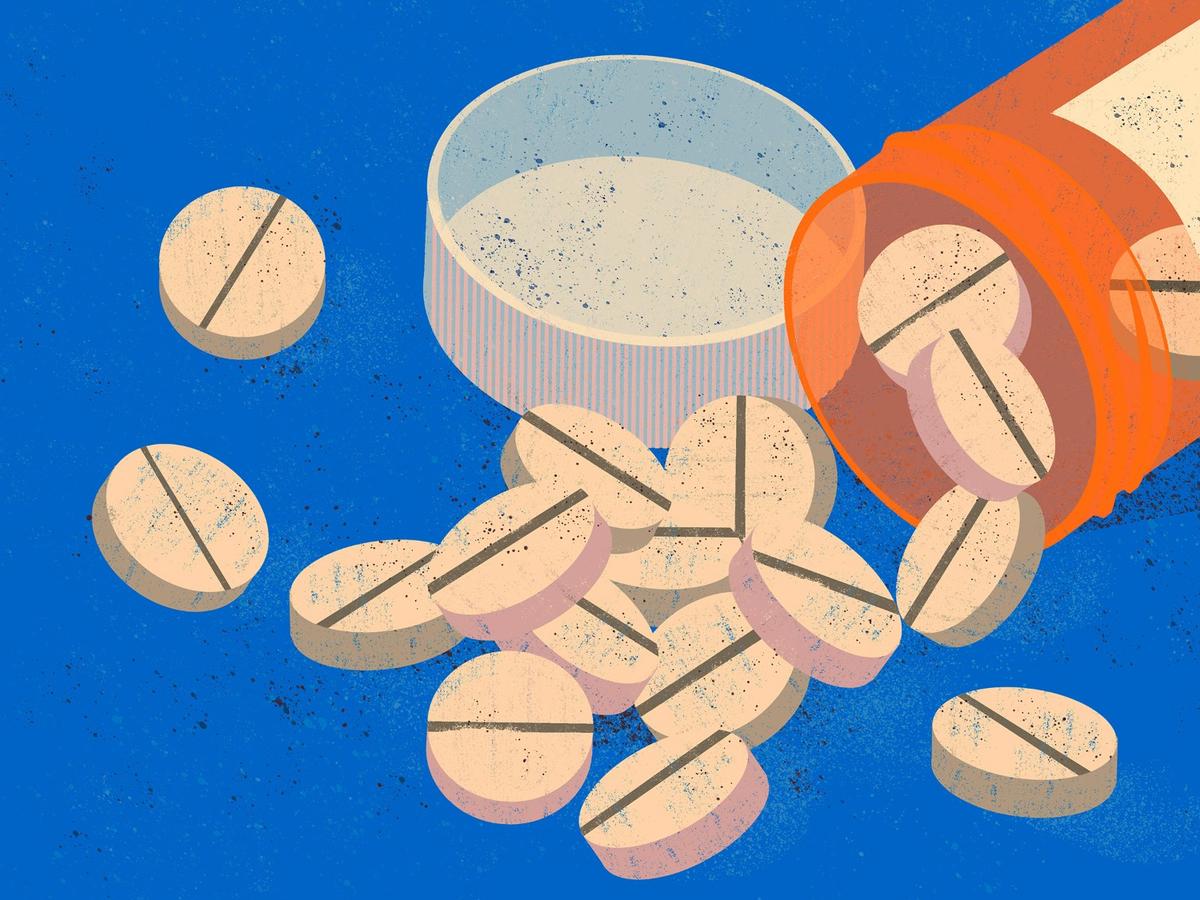
The Department of Homeland Security (DHS) Science and Technology Directorate (S&T) recently released an updated Master Question List (MQL) for Synthetic Opioids. The MQL, a reference guide, presents the most critical, scientifically-vetted information on the chemical and physical properties of synthetic opioids as well as the hazards they pose in operational settings. First released in 2021, this guide now includes new information about the physical properties of nitazenes, potent opioids that entered illicit drug markets in 2019 and can be 10 times stronger than fentanyl. The list also adds substantial new information about synthetic opioid detection and decontamination methods. This resource summarizes the latest research into synthetic opioids, helping experts identify knowledge gaps to focus investments and provides first responders with science-based guidance to protect themselves from opioid exposure.
“Those who are working on the front lines of tackling the opioid scourge rely on the technical understanding of scientific experts to give them the best possible information about what can help them in the field,” said Dr. Dimitri Kusnezov, DHS Under Secretary for Science and Technology. “The updated MQL has new information that can be used by emergency response planners, emergency managers, and first responders to inform procurement decisions for detection equipment, and instrumentation and inform use of decontamination methods.”
Synthetic opioids present unique and significant challenges to first responders. These compounds are highly toxic and deadly, with aerosols that may linger at the scene long after investigators and responders arrive. This situation challenges teams to develop safe decontamination protocols, effective personal protective gear, and reliable detection equipment.
DHS is fighting against cartels and Transnational Criminal Organizations that are flooding communities with illicit synthetic drugs, like fentanyl. Strategy involves enforcement actions, including seizures of fentanyl and precursor chemicals, along with stopping southbound guns and money, and supporting prosecutions to prevent future illicit acts. Together, these efforts led to the arrest of more than 4,800 people and helped seize over 37,000 pounds of illicit fentanyl in Fiscal Year 2024. U.S. Custom and Border Patrol’s Office of Field Operations alone has prevented 1.1B doses from reaching American communities. Learn more at DHS.gov/fentanyl.
“There is a lot of new data available on detection outlined in the MQL. Handheld detectors are useful in the field, and studies on their efficacy are very important. Many of those tested and analyzed are commercial-off-the-shelf solutions suitable for use by first responders to detect fentanyl and analogues. Test results found in the MQL can inform procurement decisions made by first responders,” said Dr. Carol Brevett, S&T Chemical Security Analysis Center (CSAC) Subject Matter Expert for the MQL. “Another area with significant new data is decontamination. There is interest in knowing which decontamination methods are effective in removing fentanyl and analogues to protect the health of responders and render an area safe.”
CSAC and S&T’s Office of Mission and Capability Support’s Opioid Detection Program collaborated with the Hazard Assessment and Characterization Technology Center and the Probabilistic Analysis for National Threats and Hazards and Risks program to develop the Synthetic Opioids MQL. The CSAC lab serves as a national knowledge and resource center for chemical threats and hazards. Related efforts delivered through CSAC include knowledge products used for detection and interdiction of illicit opioids, including a Fentanyl Synthesis Quick Reference Guide and the Chemical Agent Reactions Database (CARD) designed to help law enforcement identify harmful chemicals and what “chemicals of interest” could be produced from them.
The Synthetic Opioids MQL focuses on synthetic opioids commonly found in the illicit drug trade. S&T will continue to update the MQL periodically as new knowledge becomes publicly available.

